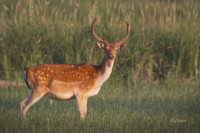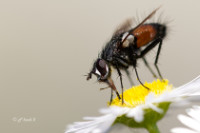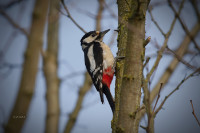Biologie - Bilingualer Unterricht
„Bilingualer Unterricht“ im Wahlpflichtbereich B
Jahrgangsstufen 9.2 und 10 : Biology
Dieser Kurs wird den SchülerInnen angeboten, die bereits Kurse in der 2. Fremdsprache belegt haben und ihre Fremdsprachenkenntnisse vertiefen wollen und nach der 10. Klasse an eine Oberstufe gehen möchten. Ein Schwerpunkt dieses Kurses ist es, dass die Jugendlichen lernen, sich selbständig Themen zu erarbeiten. Die Techniken hierfür – wie Arbeiten mit Wörterbüchern, Sachwörterbüchern der Biologie und Vertiefen von Lesefertigkeiten der Lautschrift (unerlässlich für ein Erarbeiten von Wortfeldern der Naturwissenschaften ) werden in 9.2 und 10 vermittelt und vertieft.
Im Kurs „ Biology“ des 9. Schuljahres werden biologische Inhalte – wie z.B. Ökologie, Verhaltensforschung, Genetik etc. – in englischer Sprache behandelt. Ziel ist es ,auch im naturwissenschaftlichen Bereich die sprachliche Kompetenz der Teilnehmer zu fördern. Es werden u.a. Texte, Tabellen und Filme aus englischsprachigen Quellen besprochen, Powerpointpräsentationen und Referate über Themen aus der Biologie erarbeitet und gehalten.
Im darauffolgenden 10. Schuljahr werden die inhaltlichen Schwerpunkte auf andere Bereiche ausgeweitet.
Label Microscope Diagram
Using the terms listed below, label the microscope diagram.
arm - this attaches the eyepiece and body tube to the base. | high-power objective - a large lens with high magnifying power. |
How To Make A Wet Mount:
1. Gather a thin slice/piece of whatever your specimen is. If your specimen is too thick, then the coverslip will wobble on top of the sample like a see-saw:
2. Place ONE drop of water directly over the specimen. If you put too much water over the specimen, then the coverslip will float on top of the water, making it harder to draw the specimens as they float past the field of view!
3. Place the coverslip at a 45 degree angle (approximately), with one edge touching the water drop, and let go.




